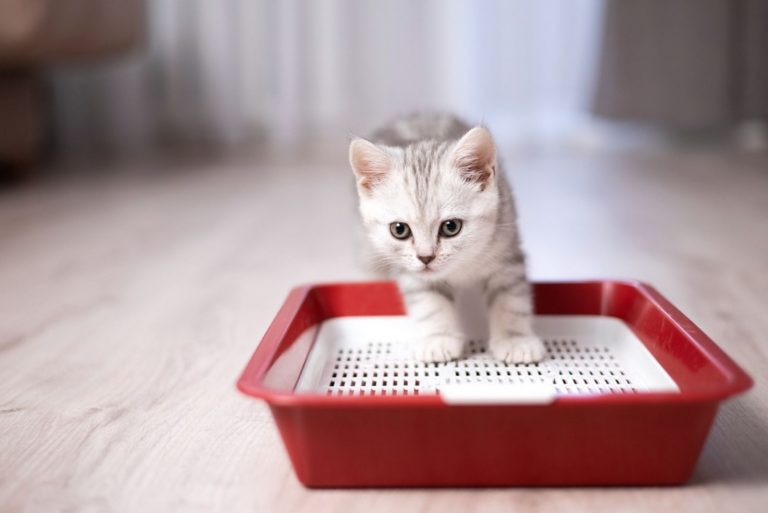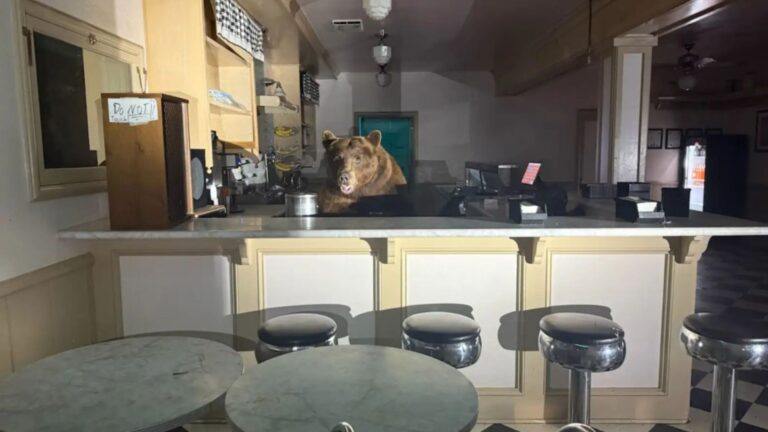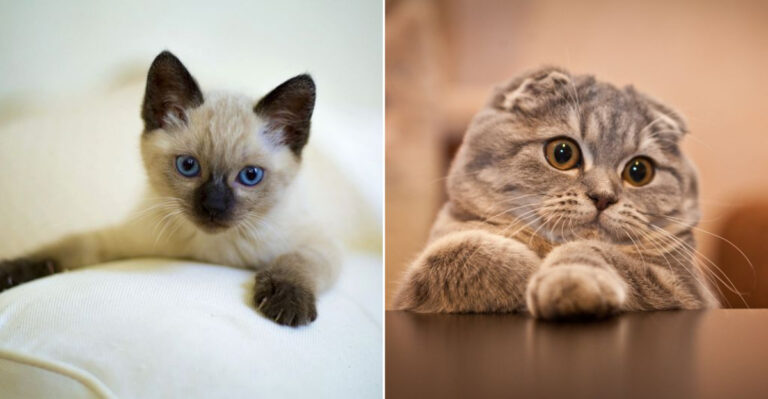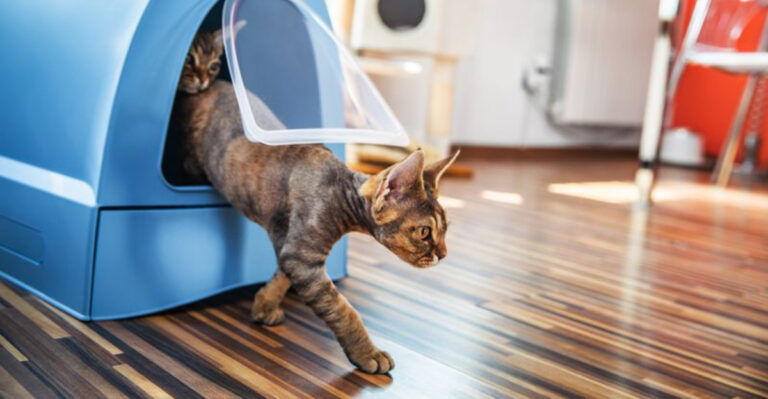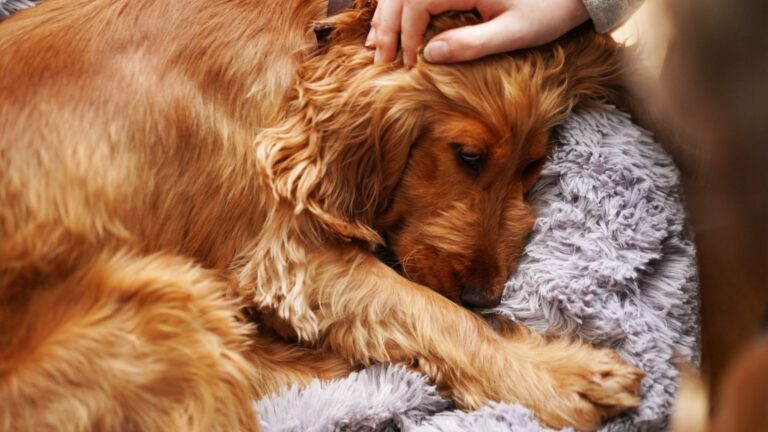8 Worst Pets To Own And 5 That Are A Joy To Have Around
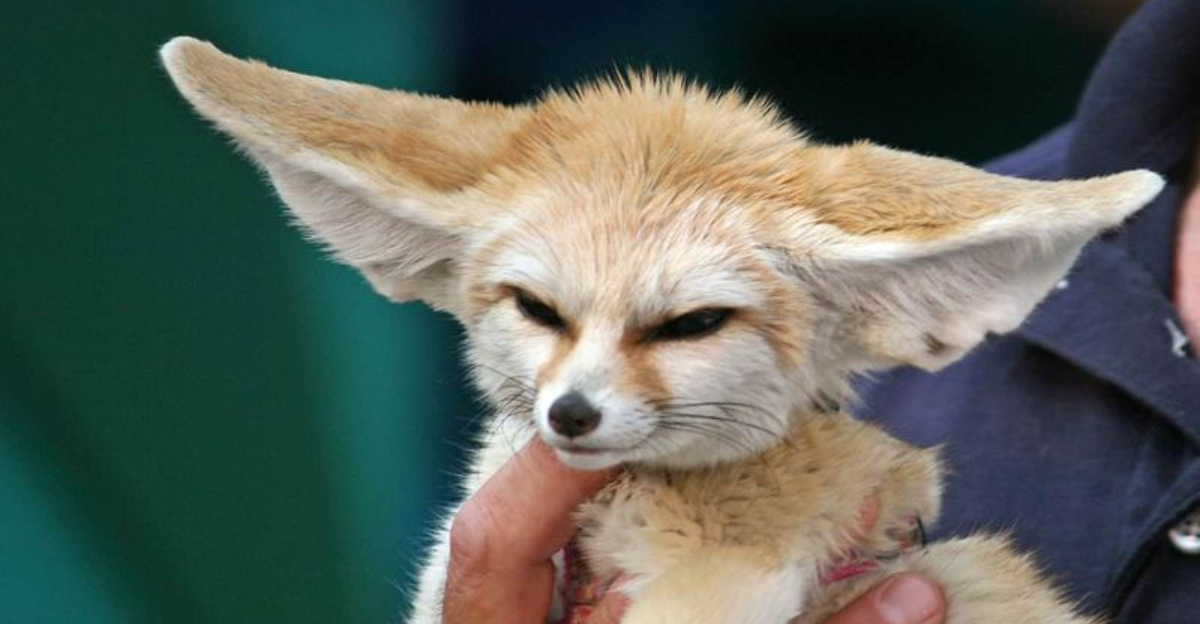
Choosing a pet is like picking a new family member – it’s a big deal! Not all animals make great companions, and some might turn your home into a mini jungle or disaster zone.
From maintenance nightmares to cuddly companions, the pet you choose can make or break your daily happiness. Let’s explore which critters might be more trouble than they’re worth and which ones will fill your home with furry (or scaly) joy.
1. Monkeys
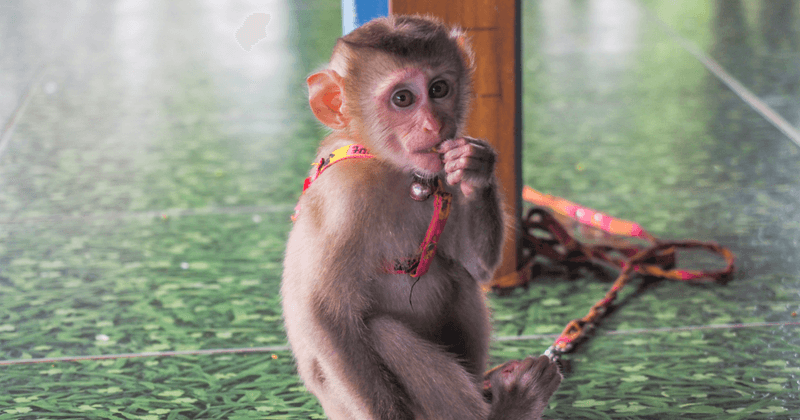
Monkeys require more attention than a newborn baby, with none of the eventual independence. They’ll swing from curtains, throw food, and generally treat your home like their personal playground.
The mess is just the beginning. Monkeys live for decades, meaning you’re signing up for a 30+ year commitment to an animal that will never be fully domesticated. As they mature, they often become aggressive and territorial.
Many owners don’t realize that keeping primates requires special permits in most places, and finding veterinary care is both difficult and expensive. Their complex social and dietary needs make them challenging for even experienced animal handlers.
2. Raccoons
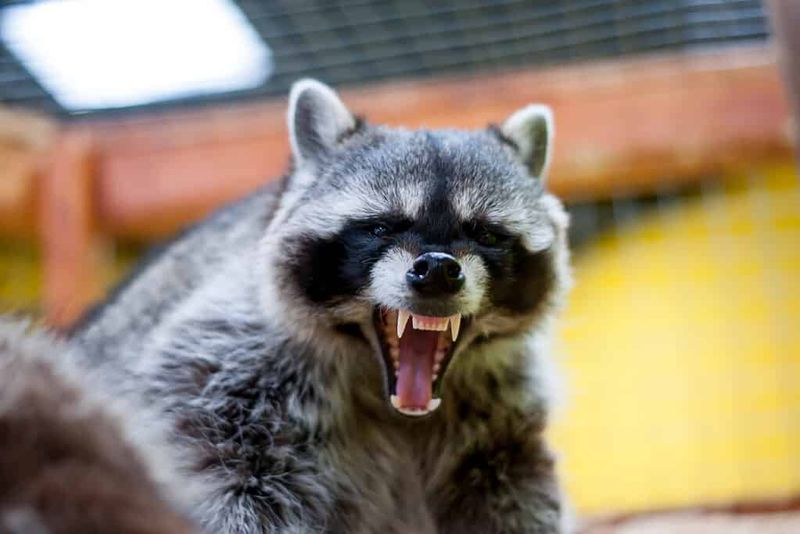
Those clever little hands that look so cute in viral videos? They’re actually expert tools for breaking into every cabinet, drawer, and container in your home. Raccoons are naturally curious and destructive, with intelligence that makes childproofing look like amateur hour.
Nocturnal by nature, these masked bandits will keep you up all night with their explorations and vocalizations. House training is nearly impossible, and their wild instincts never truly disappear.
Even hand-raised raccoons typically become aggressive as they mature. Add in the potential for carrying parasites and diseases (including rabies), and you’ve got a pet that’s more headache than happiness.
3. Alligators
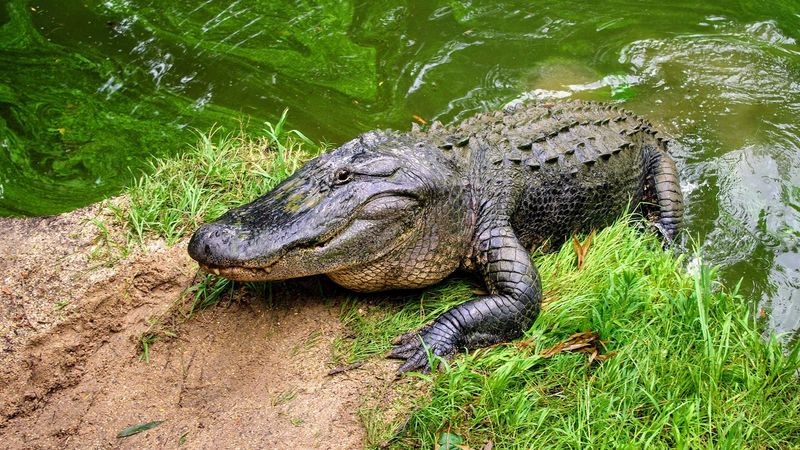
That cute baby alligator at the exotic pet store won’t stay tiny for long. Alligators grow about a foot per year and can reach lengths of 10-15 feet. Your bathtub won’t cut it as a habitat for very long!
Housing an adult alligator requires a custom-built enclosure with both land and water areas, temperature control, and seriously strong barriers. They’re powerful predators with instincts that don’t include bonding with humans.
Feeding an adult gator costs hundreds monthly, and finding a vet who treats them is nearly impossible. When owners inevitably can’t handle them anymore, rehoming options are extremely limited, creating dangerous situations for both the animals and communities.
4. Sugar Gliders
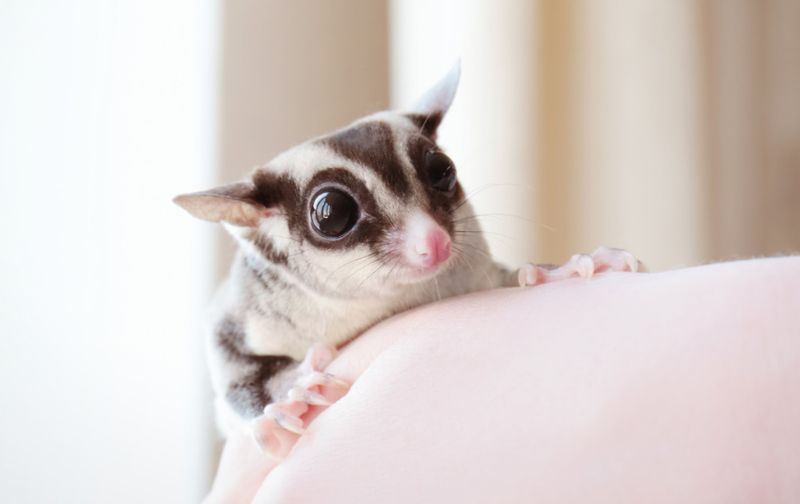
Sugar gliders might fit in your pocket, but their care requirements are enormous. These nocturnal marsupials need specialized diets including fresh fruits, vegetables, and protein sources that must be prepared daily – no simple kibble here!
They’re highly social animals that suffer severe depression if kept alone. This means you need at least two, preferably more, increasing both cost and care requirements. Their nocturnal nature means they’ll be most active when you’re trying to sleep.
Sugar gliders mark their territory with strong-smelling urine that’s nearly impossible to eliminate. They require large, tall cages with plenty of climbing opportunities and can live 10-15 years, making them a serious long-term commitment that many impulse buyers aren’t prepared for.
5. Fennec Foxes
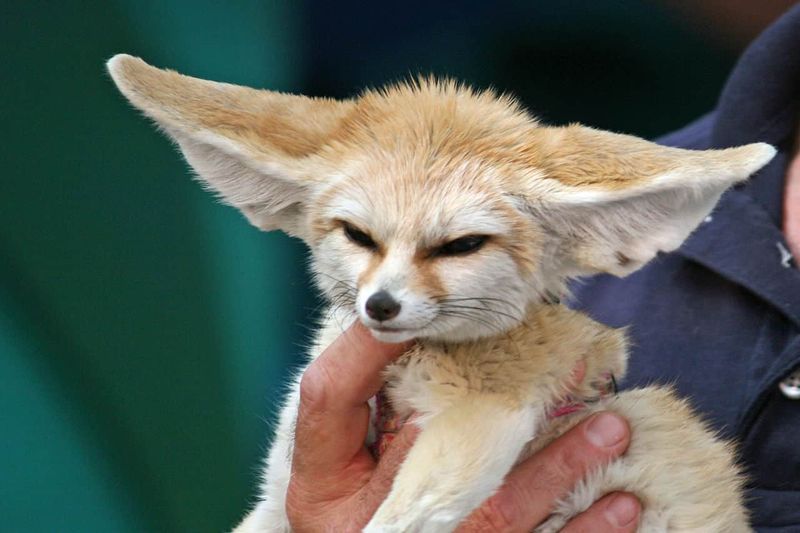
Those enormous ears and tiny bodies make fennec foxes look like Pokémon characters come to life. Reality check: they’re wild desert animals with needs few homes can meet. Their energy level makes hyperactive dogs look lazy by comparison.
Fennec foxes dig constantly – it’s hardwired into their DNA. Your carpets, furniture, and garden won’t survive their natural behaviors. They’re also extremely vocal, communicating through high-pitched screams that can wake the neighborhood.
Their specialized diet requires multiple types of protein, insects, and specific nutrients. Legal in only some states, finding proper veterinary care is challenging and expensive. Most fennecs never fully bond with humans the way domestic pets do, remaining skittish despite years of handling.
6. Wolf Hybrids
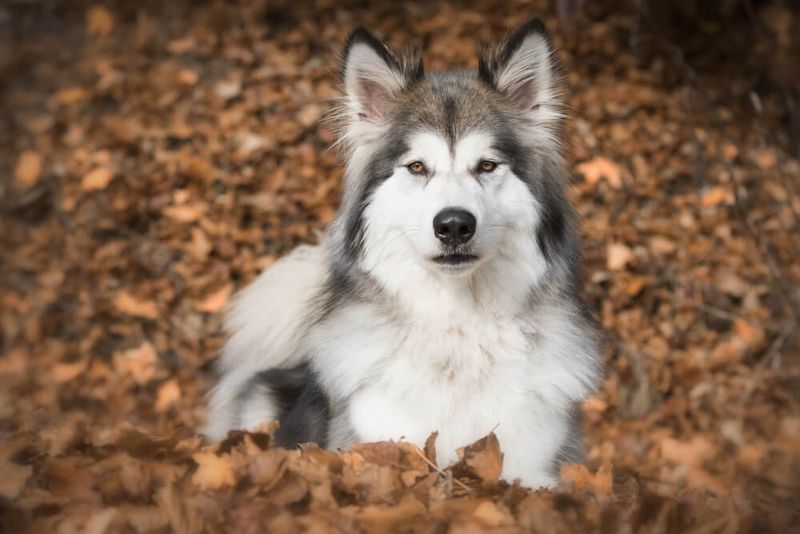
Wolf hybrids combine the power and predatory instincts of wolves with the proximity to humans of dogs. This dangerous mix creates animals that are unpredictable and often impossible to train reliably, no matter how much you love them.
Housing requirements are extreme – they need secure enclosures with dig-proof floors and high fences that would make prison wardens impressed. Their exercise needs are astronomical, requiring hours of intense activity daily.
Many communities ban wolf hybrids outright, making housing difficult to find. Insurance companies often refuse coverage for homes with these animals. Even well-socialized hybrids retain wild instincts that can emerge unexpectedly, especially during adolescence, creating potentially dangerous situations.
7. Venomous Snakes
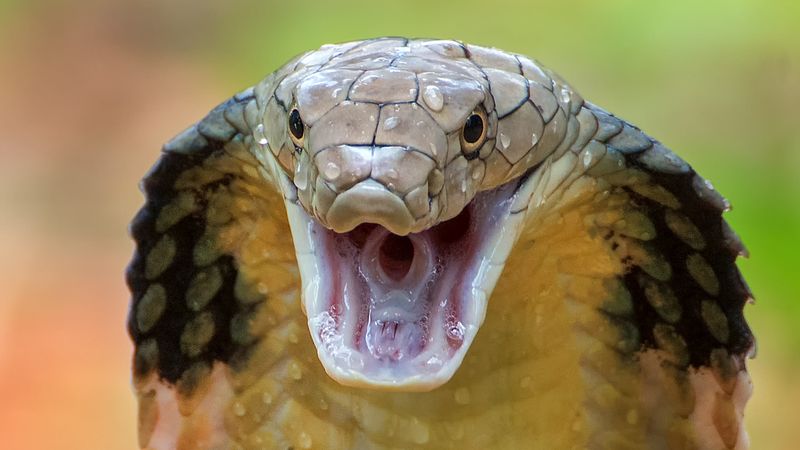
The appeal of owning rare, dangerous animals drives some to keep venomous snakes. However, these aren’t pets so much as living hazards that require constant vigilance. One careless moment during feeding or cleaning can result in a life-threatening emergency.
Finding housing with a venomous snake is nearly impossible, and insurance companies typically won’t cover you. Many localities prohibit keeping these animals, meaning owners often hide them from authorities, further complicating emergency situations.
Even experienced handlers get bitten occasionally. Antivenin, if available at all, can cost tens of thousands of dollars per dose. Specialized equipment, secure enclosures, and handling tools add significant expense to an already risky endeavor.
8. Chimpanzees
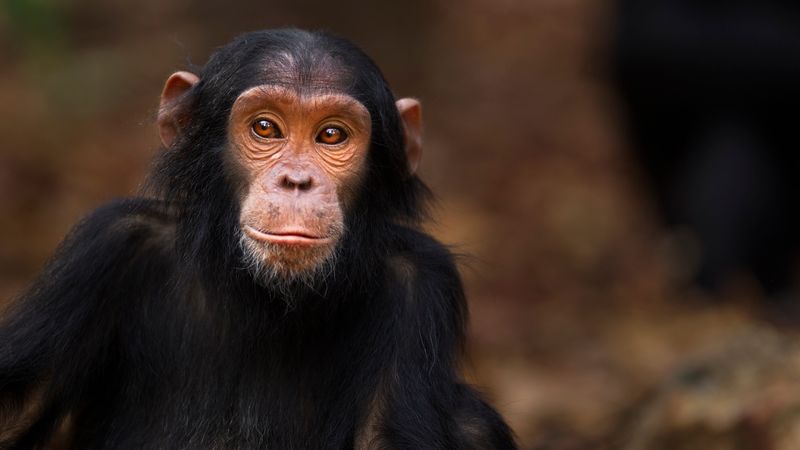
Baby chimps seem like perfect companions – they’re intelligent, expressive, and share 98% of our DNA. This similarity creates a dangerous illusion of tameness that has led to tragic consequences for many owners.
Adult chimpanzees possess several times the strength of adult humans, with unpredictable temperaments that become increasingly aggressive as they mature. Many chimp owners have suffered severe injuries from animals they raised from infancy.
Their intelligence makes them masters of escape and manipulation. Housing requirements include extremely secure, specialized enclosures costing tens of thousands of dollars. Proper care requires professional knowledge of primate nutrition, behavior, and enrichment. The 40-60 year lifespan means taking on a commitment that outlasts most marriages.
9. Golden Retrievers

Golden Retrievers bring the emotional equivalent of sunshine into any home they enter. Their gentle temperament makes them ideal for families, singles, and seniors alike. They’re patient with children and naturally friendly toward strangers and other pets.
Training comes naturally to these intelligent dogs, who genuinely want to please their humans. This makes them suitable even for first-time dog owners who are willing to put in some basic training effort.
While they do shed and require regular exercise, their adaptability means they can thrive in both apartments and houses with yards. Their joyful approach to life – from enthusiastic greetings to their signature “smile” – creates a positive atmosphere that can lift even the gloomiest day.
10. Bearded Dragons
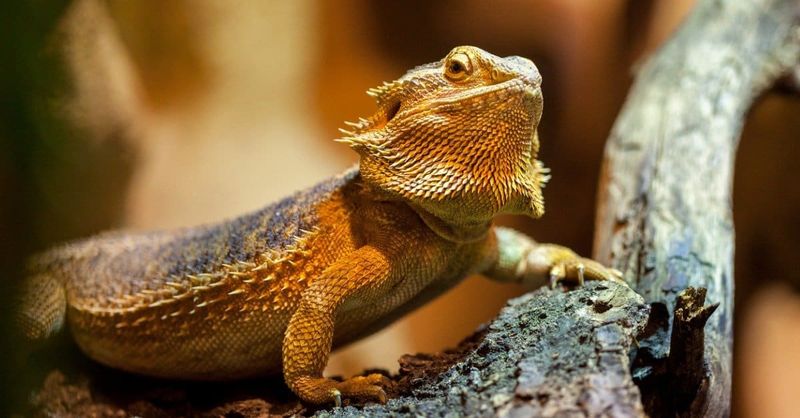
Unlike many reptiles that merely tolerate handling, bearded dragons often enjoy human interaction. These desert lizards recognize their owners and may even come to the front of their enclosures when you enter the room.
Their care requirements are straightforward compared to many exotic pets. A proper enclosure with temperature gradient, UVB lighting, and appropriate diet of insects and vegetables keeps them healthy and happy.
Bearded dragons are quiet, odorless when properly maintained, and don’t require daily walks or constant attention. Their moderate size (about 24 inches maximum) means they don’t need enormous space. For reptile enthusiasts or those with allergies to furry pets, “beardies” offer companionship without the common drawbacks of exotic pet ownership.
11. Maine Coon Cats
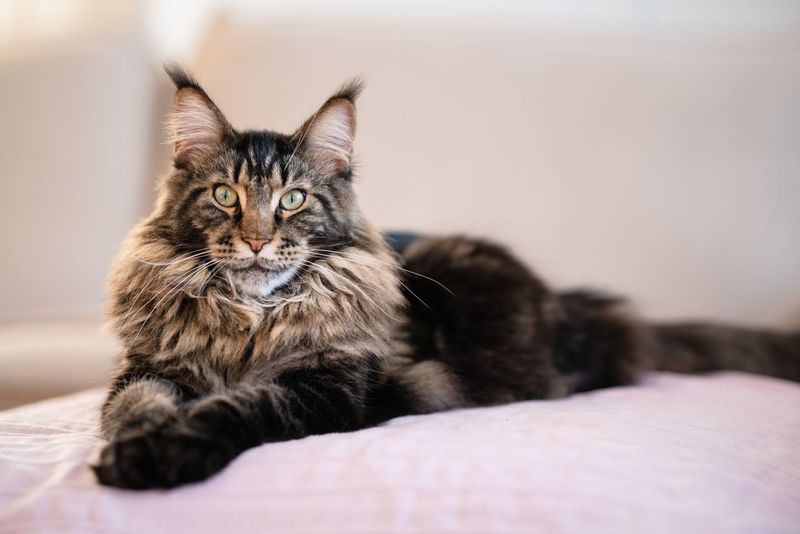
Maine Coons combine the independent nature of cats with an unusually social, dog-like personality. These magnificent felines often follow their humans from room to room, participate in family activities, and greet visitors with curious chirps rather than hiding.
Despite their impressive size (up to 25 pounds), Maine Coons are known as “gentle giants” for their patient, mild-mannered temperament. They typically get along well with children, dogs, and other cats.
Their intelligence makes them easy to train for basic commands and even walking on leashes. While their luxurious coats require regular brushing, they’re generally healthy and hardy cats with fewer breed-specific health issues than many purebreds. Their playful nature persists well into adulthood, keeping them kitten-like even as senior cats.
12. Budgerigars
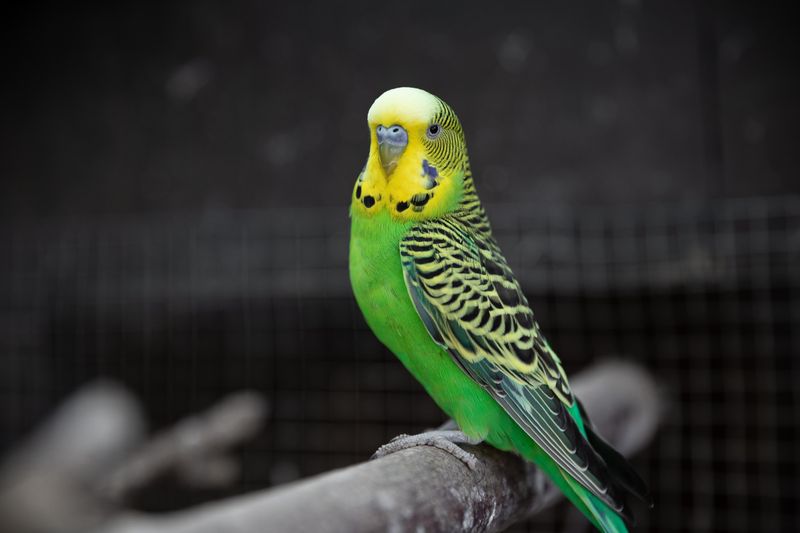
Commonly called budgies or parakeets, these small parrots pack enormous personality into tiny, low-maintenance packages. They’re incredibly social birds that form strong bonds with their humans and can even learn to mimic speech with patient training.
Budgies don’t require enormous cages or specialized diets like larger parrots. Their cheerful chirping creates a pleasant atmosphere without the ear-splitting screams larger parrots are known for.
With lifespans of 5-10 years, they’re a more manageable commitment than larger birds that can live for decades. They’re also significantly less expensive to acquire and maintain. For apartment dwellers or those with limited space, budgies offer the interactive joy of bird ownership without overwhelming space or noise requirements.
13. Rabbits – Underrated Housemates with Personality Plus
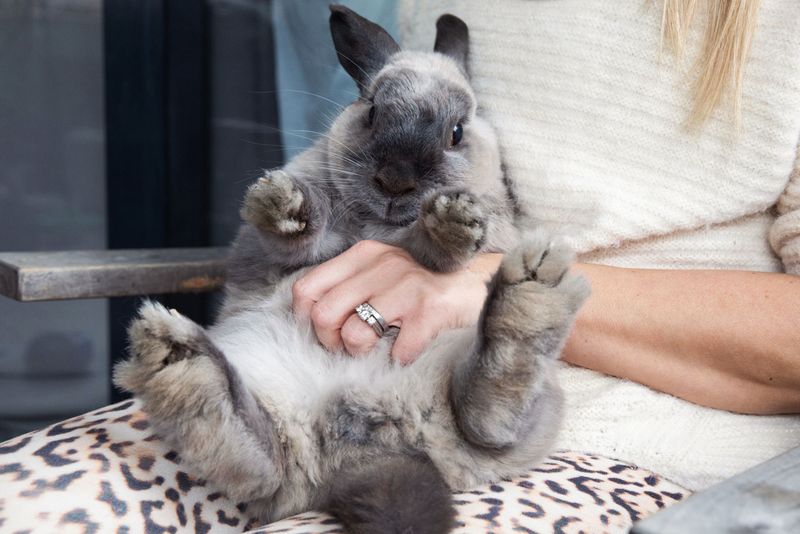
Forget the outdated notion that rabbits belong in outdoor hutches. Modern house rabbits are litter-trained companions that form deep bonds with their humans. They express joy through playful “binkies” – adorable hops and twists that never fail to bring smiles.
Unlike many small pets, rabbits are quiet, making them perfect for apartments or noise-sensitive households. They’re also long-lived for their size, with many breeds reaching 8-12 years with proper care.
While they do require rabbit-proofed spaces and daily attention, their care routine is straightforward. Their herbivorous diet of hay, vegetables, and pellets is simple to provide. For those seeking a cuddly companion that doesn’t need walks or make noise, a house rabbit offers affection without the high-maintenance aspects of dogs.

